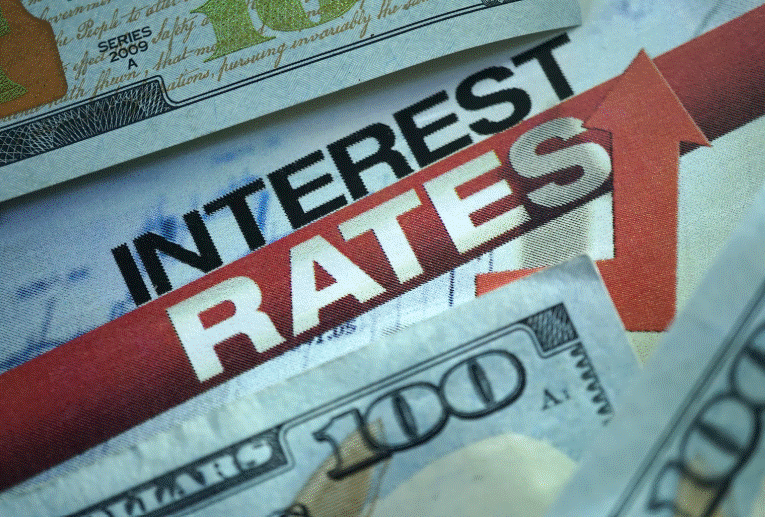Even before the United States became a country, care for veterans of war has always been a priority. The Plymouth Colony settlers, for example decreed that the colony had a responsibility to those injured in battles with indigenous peoples. After independence, the Congress appropriated monies for pensions for disabled soldiers while states set up hospitals dedicated to their care. The ensuing generations saw many war veterans, each with specific medical, financial and material needs. The many agencies that formed in response were consolidated into today's U.S. Department of Veterans Affairs (VA). Among its many charges, the VA helps former military service people obtain affordable credit.
How Did VA Loans Get Started?
The current VA home loan program dates back to a 1944 law known as the Serviceman's Re-Adjustment Act. As combat troops returned from the European and Pacific theaters of World War II, their numbers exceeded anything seen in previous conflicts. The new benefits accorded veterans included assistance in purchasing property by guaranteeing payment of the loans. Many returnees had to find jobs and build up savings, disqualifying them for typical mortgages offered then. With the loans now backstopped by the federal government, banks became more willing to lend to the former warriors and widows.
How Do VA Loans Work?
A VA loan is credit secured by property and extended to veterans, active duty military and widowed spouses. The loans are issued by private banks and finance companies when guaranteed by the U.S. Department of Veterans Affairs. This means that the bank is compensated by the VA if the borrower defaults on making payments. So, the prospective borrower must make application with the lender, asking for a VA loan specifically. Differing from a conventional loan, the VA loan is underwritten according to VA guidelines as opposed to those issued by FannieMae or FreddieMac, two major purchasers of residential mortgages.
How Do I Qualify for a VA Loan?
The VA facilitates the transition back into civilian life and its loan products are tailored to that end. Eligibility standards for VA loans diverge from conventional ones. First and foremost, the applicant needs to demonstrate that he/she was discharged honorably, serving actively for at least 90 days in wartime or 181 days in peacetime. Absent that, the applicant must show six years of service in the Reserves or National Guard. Those who lost spouses serving actively are also acceptable applicants.
The VA leaves a minimum credit score evaluation to individual lenders, many of which like to see 620 or higher. Unique to a VA product is that there is no down payment or equity requirement relative to home value. While not set in granite, debt-to-income proportion should not exceed 41 percent. Exceptions are made here when other credit variables are stellar and home value is sufficient. As with conventional loans, VA underwriting likes to see two years of continuous employment. Unlike conventional analysis, prior military service, educational modules and training count toward this precondition.
Should I Get a VA Loan?
Like any credit extension, there are pros and cons to VA loans. Rates tend to be lower than conventional and conditions more relaxed. Still, there are more fees to pay and fewer properties are eligible. Talk with a trusted professional before jumping in.





